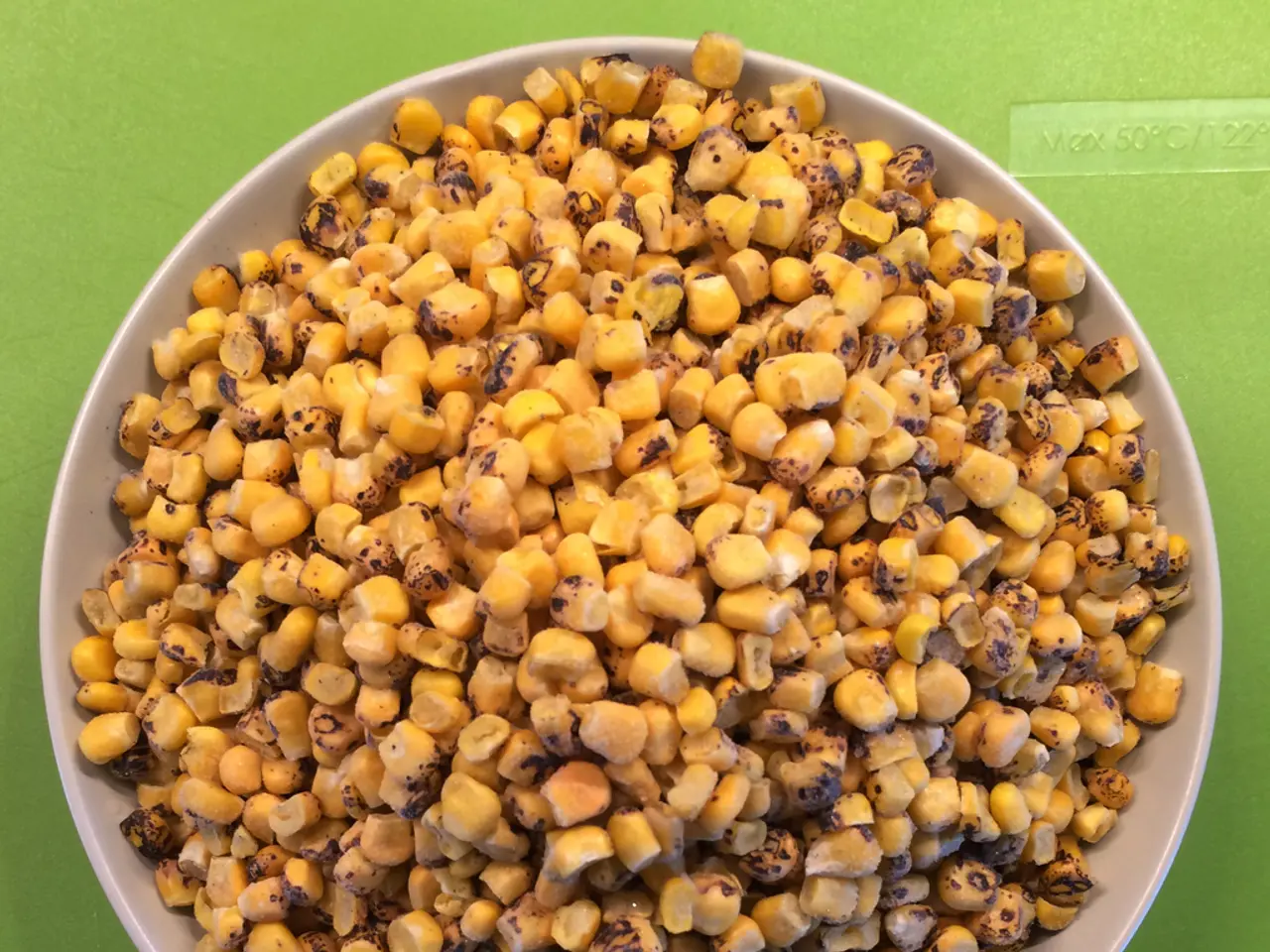Planting Seed Tasks for October
As autumn leaves begin to fall, gardeners can look forward to preparing their plots for a bountiful harvest and a colourful spring display. October is an ideal month for sowing a variety of seeds, providing the perfect opportunity to plan for a winter vegetable crop and spring blooms.
For those seeking a **fall or winter harvest**, October is the prime time to sow cool-season vegetables. By using your first fall frost date to work backward and determine the last day to sow seeds considering their days to maturity plus an added "fall factor" (often about 14 days), you can ensure a successful crop. Suitable vegetables include carrots, spinach, lettuce, radishes, and kale. Succession planting can extend your garden’s productivity well into the cooler months.
October is also ideal for sowing several flower seeds that benefit from autumn planting for spring blooms. These seeds are sown late enough to avoid early sprouting and damage from winter cold, allowing growth in spring once temperatures rise. Recommended flowers include cornflower (Centaurea cyanus), marigold (Calendula officinalis), opium poppy (Papaver somniferum), delphinium (Delphinium elatum), and corn poppy (Papaver rhoeas).
Broad beans can be sown towards the end of October in milder areas with light soil. For protection in strong winds, plant them in a sunny, sheltered site. Broad beans should be planted 8cm deep, with 23cm spacing between plants and 45cm between rows. Dwarf varieties can have a reduced spacing of 23cm between rows.
Cauliflowers can be sown and harvested throughout much of the year, with early summer cauliflowers being started off in October. Sow them 2cm deep in pots in a cold frame and harden them off in early spring for transplanting into the garden. Space them 45cm apart and 60cm between rows. Protecting early summer cauliflowers with fleece can bring cropping forward by a couple of weeks.
Elephant garlic can be planted in October, with individual cloves placed pointy end up, 10-15cm deep and 20-30cm apart, into well-prepared weed-free soil. Phacelia, or Fiddleneck, can be sown as a green manure in October in milder areas.
Violas sown in October will produce flowers the next year. Perennial violas can be propagated by division during the autumn. Sowing primroses, cowslips, and oxlips in October allows them to germinate in spring. It's not too late to sow violas in October for colour in spring containers and hanging baskets.
By combining these vegetable and flower sowing strategies, October gardeners can enjoy robust winter vegetable crops and vibrant spring flower displays. Don't forget to plant before the first frost arrives and follow seed packet spacing and planting depth instructions carefully. Happy gardening!
For home-and-garden enthusiasts, October presents an excellent opportunity to plan for both a fall or winter harvest and spring blooms. By sowing cool-season vegetables such as carrots, spinach, lettuce, radishes, and kale, gardeners can prepare for a bountiful harvest, while also planting flowers like cornflower, marigold, opium poppy, delphinium, and corn poppy for a colorful spring display.




